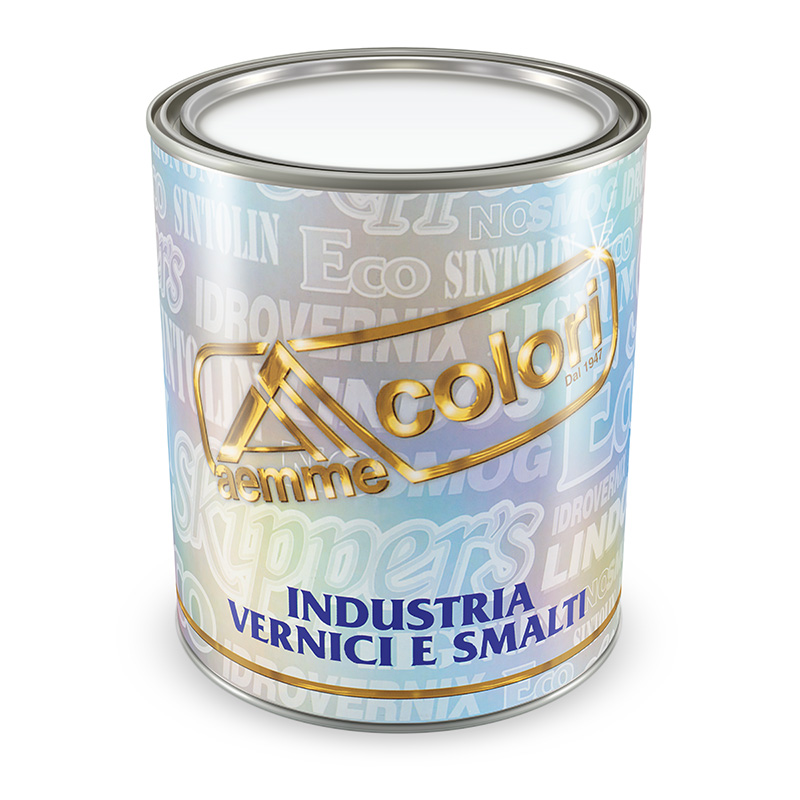Home - Products - Industry Line - Antirust - Esse/Enne

SURFACE PREPARATION AND APPLICATION
Bare Steel. If sandblasting cannot be carried out use a mechanical wirebrush or abrasive disk to prepare the surface. Remove all sanding residuals and dust off the surface. Clean the surface with a cloth soaked with Thinner 107 or Thinner 900. Apply 1 coat of ESSE/ENNE followed by a second one after 4-12 hours.
Previously Coated Steel. if the old paints are not any longer in good conditions because loose or powdery, remove the old paint with a wirebrush or abrasive disk and sandpaper with medium abrasive paper (280-320). Clean the surface with a cloth soaked with Thinner 107 or Thinner 900. Apply one coat of ESSE/ENNE on bare parts of steel and if required follow up by a second coat after 4-12 hours.
| Paint Type | One component |
| Specific gravity kg/lt (±0,05) | 1.570 |
| Solids content (weight) ±2 | 70% |
| Viscosity Ford ø 8 at 20°C ±2 | 16-18 (ø8 a 20°C) |
| Shelf life +23°C (±2) | 30 months in unopened cans |
| Note | Store in a dry and cool place. Do not store at low temperatures. |
| Application | Brush-Roller-Spray |
| Brush-Roller | 5-15% Thinner 107 |
| Spray | 10-25% Thinner 723 nitro |
| Touch dry | 60 minutes (20°C) |
| Recoat time | 4-12 h (20°c) |
| Application temperature | Between +10 C and +40 C |
| Relevant humidity | Less than 80% |
| Dry film thickness advised | 40-50 microns per coat |
| Theoret. coverage m2/Lt | 7-9 (5-6 m2/kg) |
Colors: GRIGIO
Color code: 4X0000
SAFETY PRECAUTIONS
Before starting paint application please carefully read all the safety precautions indicated on the label of each can or in the product safety data sheet available on request. For further information please do not hesitate to contact our technical staff.
NOTES
The above information is given to the best of our current knowledge, however, because the conditions of use of our products are beyond our control, no warranty is given or to be implied in respect of such information. Our technical staff can be contacted to study customer's specific requirements involving our products in order to enable their most effective use. Dilution rates and drying times must be considered only indicative, mainly related to a temperature of 20 ° C (68°F) and may vary according to prevailing temperature, in presence of particular weather conditions or depending on application procedures.
